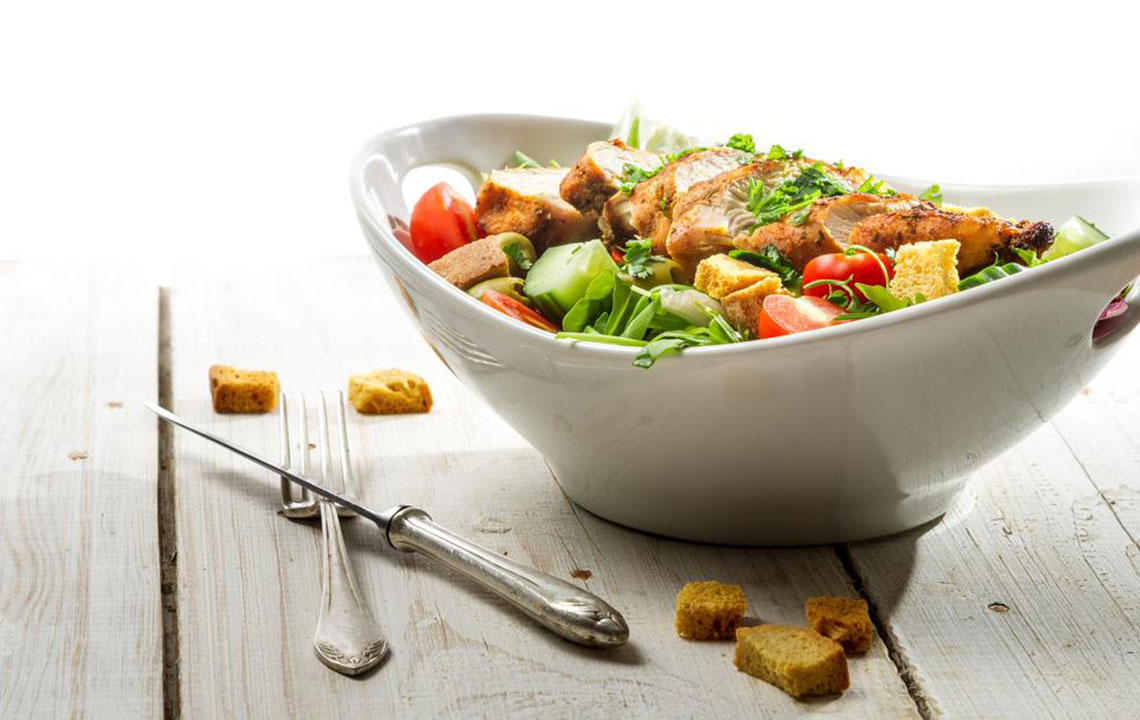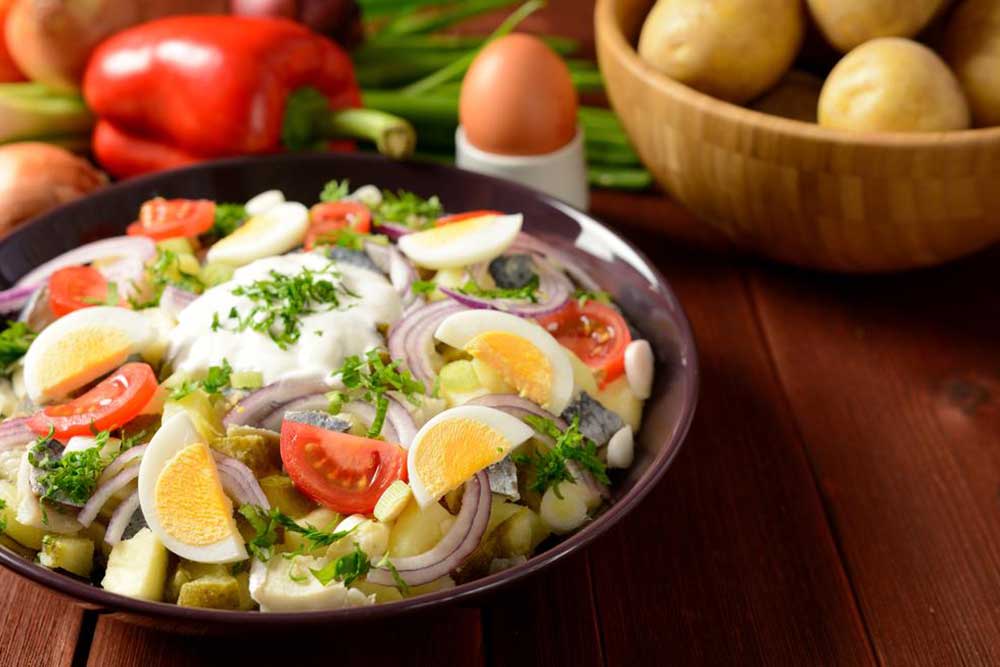Comprehensive Guide to Healthy Low-Carb Eating with Delicious Homemade Recipes
This comprehensive guide explores the benefits of a low-carb diet, highlighting healthy food choices, sample meal plans, delicious homemade recipes, and potential risks. Perfect for those seeking weight management and better health through sustainable eating habits, this article offers practical tips to tailor a low-carb lifestyle effectively. Consulting professionals before starting is advised to ensure safety and personalized guidance. Learn how to implement a nutritious, satisfying low-carb diet that supports long-term wellness and weight loss goals efficiently.

The Ultimate Guide to Low-Carb Healthy Eating with Tasty Homemade Recipes
Adopting a low-carbohydrate diet is an increasingly popular approach to improving overall health and managing weight. This dietary pattern focuses on increasing the intake of high-quality proteins and healthy fats while significantly reducing the consumption of sugar, bread, pasta, and other carbohydrate-dense foods. Such a diet not only promotes weight loss but also helps regulate blood sugar levels, lower blood pressure, and improve insulin sensitivity. For those considering a low-carb lifestyle, consulting a healthcare professional is highly recommended, especially if you have existing health conditions such as diabetes, heart disease, or kidney problems.
Multiple studies have compared low-fat, Mediterranean, and low-carb diets to assess their effectiveness. While all three can effectively reduce BMI over short periods, low-carb diets often lead to more substantial and sustained weight loss, especially over two years. Participants following low-carb plans tend to experience faster initial weight reduction within the first 6 to 12 months, driven by the satiating effects of proteins and healthy fats, which help curb hunger and reduce calorie intake.
Participants who strictly adhered to a low-carb diet consistently observed greater weight loss over a two-year span compared to those on other dietary plans. This method not only accelerates initial weight loss but also helps maintain progress over the long term by stabilizing blood sugar levels and reducing cravings. The quick results within the first six to twelve months can be attributed to the high satiety value of proteins and fats, which naturally suppresses appetite better than carbohydrate-rich foods. By choosing the right foods and adopting a sustainable eating plan, individuals can achieve significant health benefits and better manage their weight.
Low-Carb Food List for Healthy Eating
Lean meats such as skinless chicken breast, turkey, pork loin, and lean cuts of beef
Healthy oils including extra virgin olive oil, coconut oil, and rapeseed oil
Leafy greens and fibrous vegetables like spinach, arugula, kale, watercress, lettuce, and Swiss chard
Fruits with lower sugar content such as apples, strawberries, blueberries, and blackberries
Cruciferous vegetables including broccoli, cauliflower, Brussels sprouts, and cabbage
Rich sources of omega-3 fatty acids like salmon, mackerel, sardines, and shellfish
Eggs, including whole eggs and egg whites
Nut and seed products, especially natural nut butters, almonds, walnuts, chia seeds, and flaxseeds
Unsweetened dairy options like plain milk, Greek yogurt, and cheese
Sample Low-Carb Meal Plan for Optimal Nutrition
Breakfast: Low-carb oatmeal made with chia seeds, topped with half a cup of mixed berries and a quarter-cup of nuts, served with eggs or turkey sausages. Coffee with heavy cream or unsweetened almond milk (approximately 35g carbs).
Lunch: Turkey and cheese lettuce wraps with arugula, mustard, and olive tapenade. A side of sliced peppers, snow peas, and a small green salad with olive oil and lemon dressing. Sparkling water or herbal tea (about 32g carbs).
Snack: A handful of roasted almonds and Greek yogurt with fresh mango slices or other berries (around 16g carbs each).
Dinner: Oven-baked salmon accompanied by Mediterranean-style roasted vegetables, red lentil pasta (used sparingly), sprinkled with Parmesan cheese, and a side salad. Hibiscus iced tea or infused water (roughly 28g carbs).
Integrating intermittent fasting, such as following an 8-hour eating window from 11 a.m. to 7 p.m., can potentially amplify weight loss results when combined with a low-carb diet. However, this approach should be undertaken cautiously and under professional supervision to ensure nutritional adequacy and safety.
Healthy Low-Carb Recipes to Try at Home
Zucchini Spaghetti: Spiralized zucchini cooked quickly with lean ground beef and sugar-free marinara sauce, topped with grated Parmesan cheese. This dish offers a satisfying, fiber-packed alternative to traditional pasta.
Low-Carb Chicken Nuggets: Coated with almond flour and Parmesan cheese, then baked or air-fried for a crunchy, healthier snack that appeals to both adults and children.
Potential Risks of a Low-Carb Diet
While many benefit from the low-carb approach, there are possible side effects and risks to consider. Initial side effects may include fatigue, headaches, muscle cramps, constipation, and feelings of hunger or irritability as your body adjusts. Prolonged adherence without proper planning can lead to nutrient deficiencies, particularly if the diet is overly restrictive or lacks variety. Long-term risks include increased chances of kidney issues, osteoporosis, and elevated LDL cholesterol levels if unhealthy fats are consumed excessively.
To mitigate health risks, it's vital to incorporate a variety of healthy fats and high-quality proteins and avoid excessive intake of saturated and trans fats. Regular monitoring by healthcare providers ensures the diet remains balanced and safe, supporting your health goals while reducing potential adverse effects.





